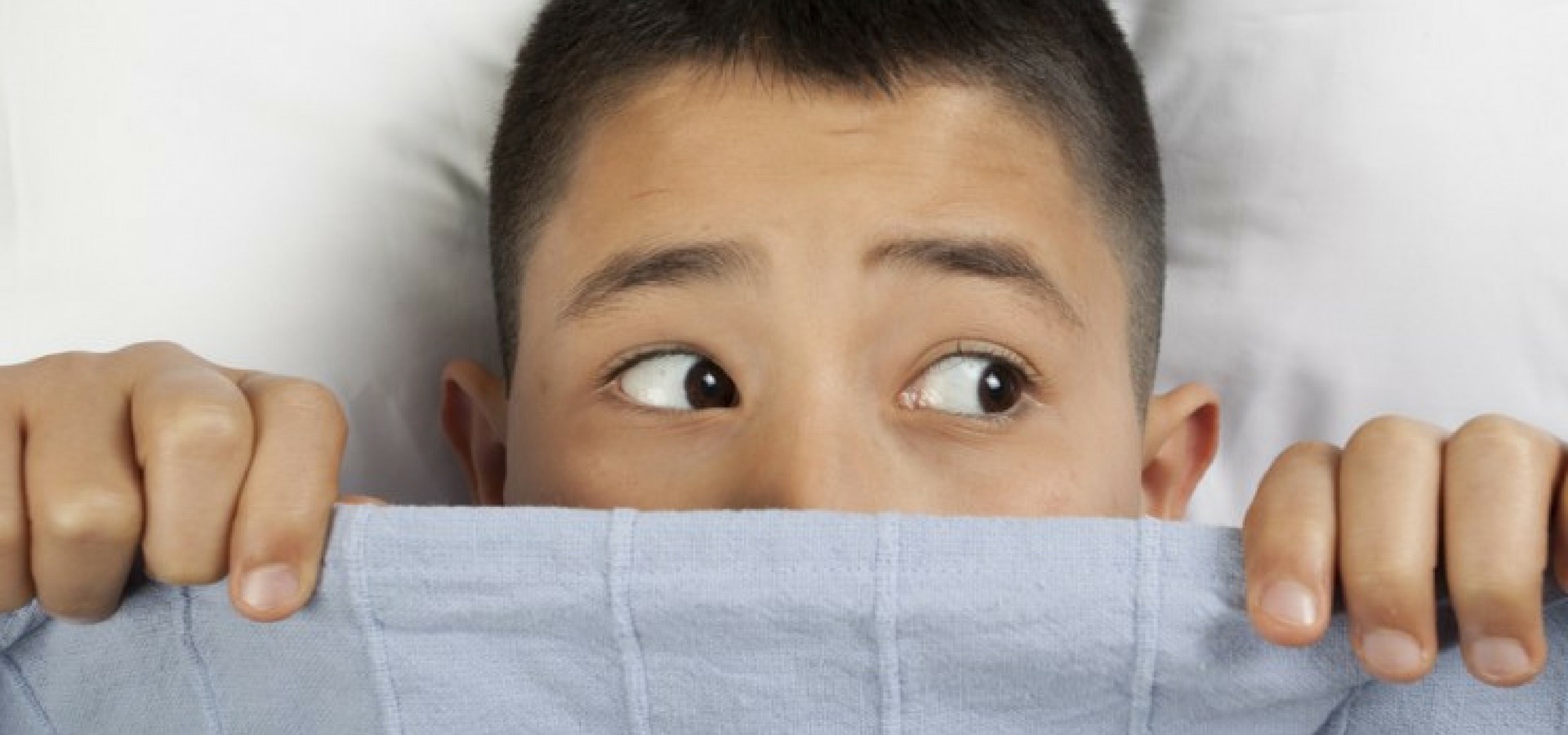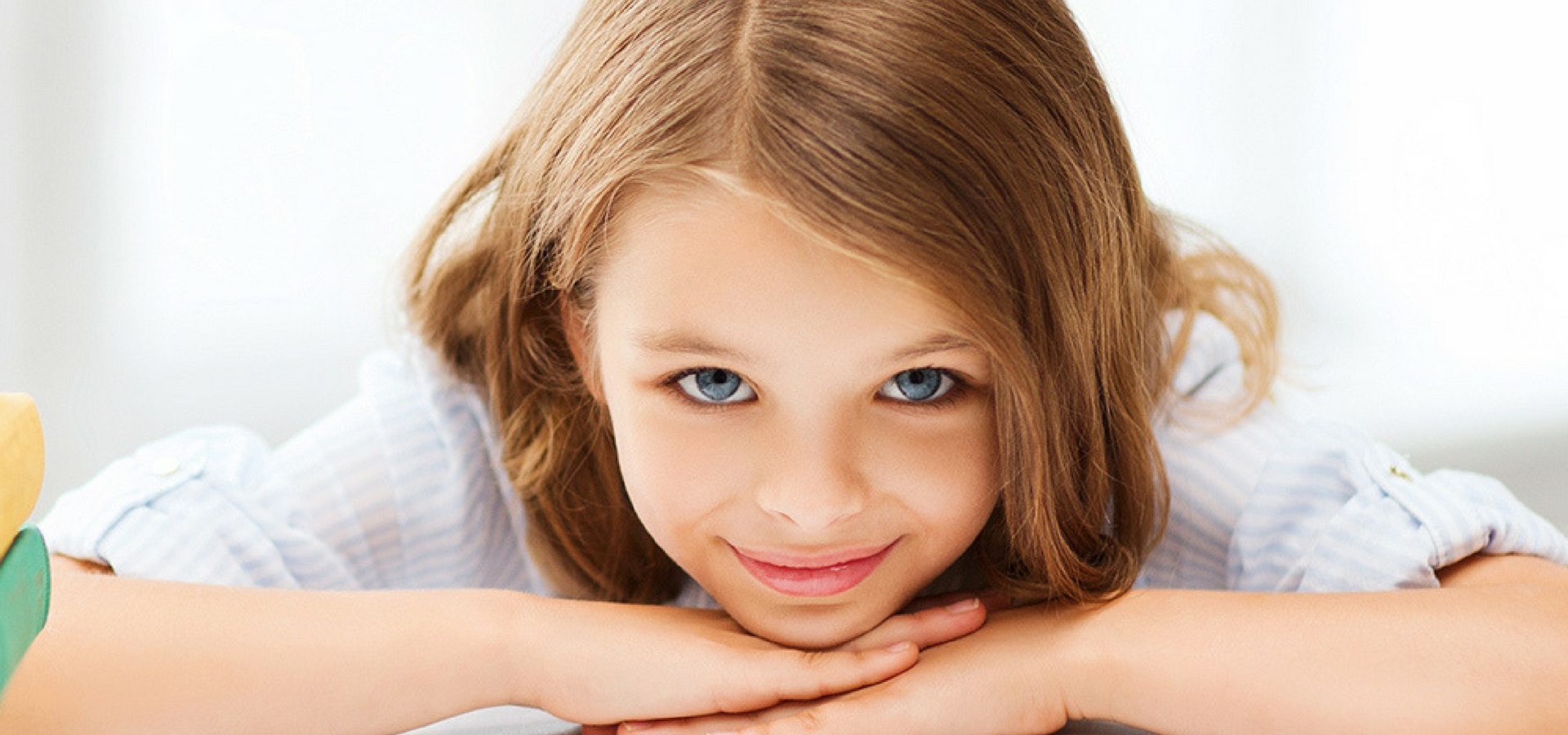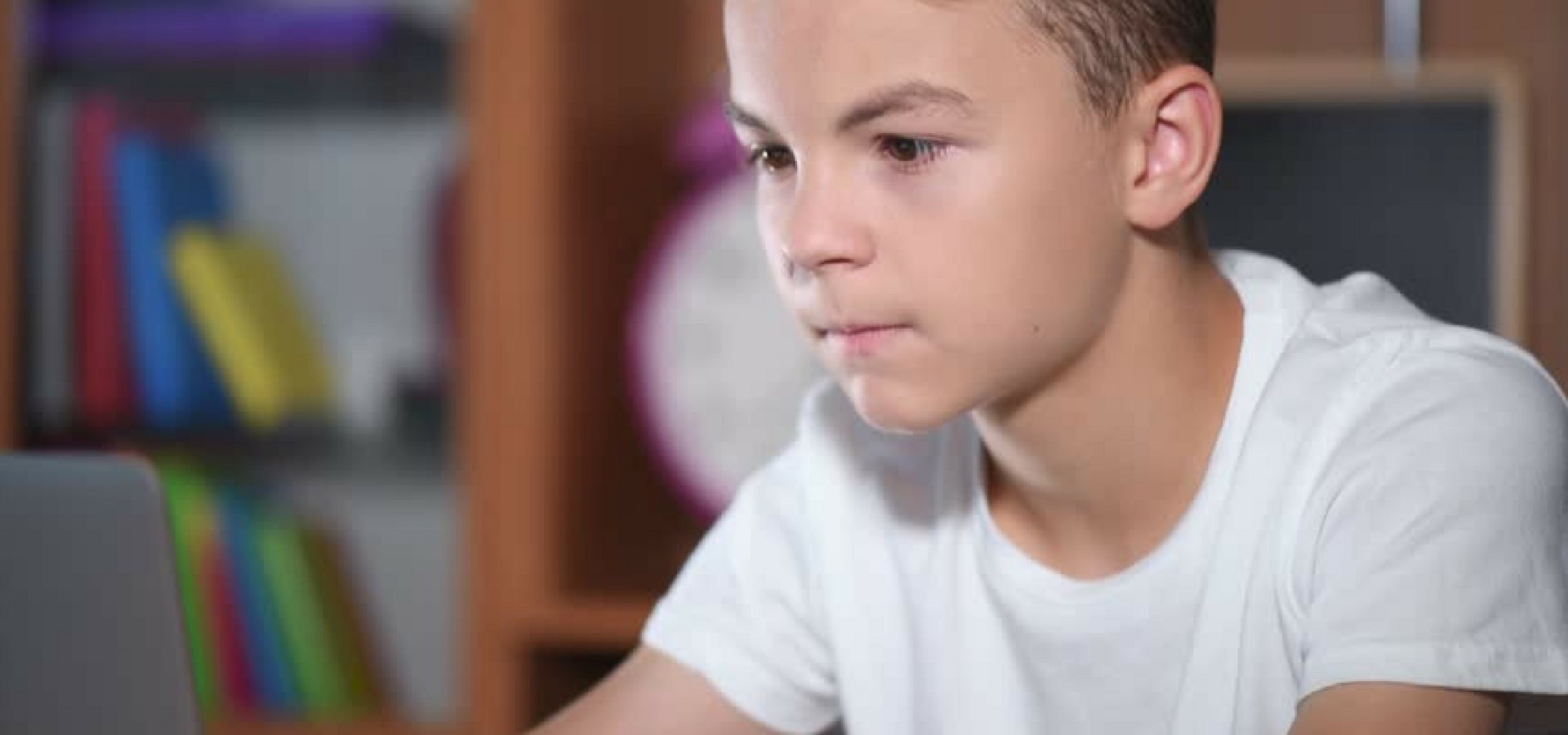
Should you be giving your child fish oil?
Fish oil is one of the most studied nutritional and health products. The main components of interest in it are the omega 3 fatty acids. The human body cannot synthesize omega 3 and so it has to be sourced from the diet. Fish is one of the best sources of omega 3. The two main biologically active ingredients in omega 3 are docosahexaenoic acid (DHA) and eicosapentaenoic acid (EPA). Sources of fish oil include the processing of oily fish such as salmon, sardines, tuna and cod. Fish oil also contains some small amounts of vitamin A. In view of all this; it is now easier to tackle the question of whether fish oil should be given routinely to children. The first question every parent should consider is whether they are giving their children adequate fish oil through the diet. This can be answered easily by assessing the number of times in a week the children eat any of the oily fishes. This has to be several times week. In the U.S, the American Heart Association recommends more than 3.5 oz. of oily fish two times per week. Since many children’s diet is a reflection of what the adults are taking, it is likely that they also get inadequate fish oil from the diet and hence supplementation is necessary. Everything in proportion The typical western world diet consists of high omega 6 fatty acids intake. These are mainly vegetable oils. High consumption of these oils has been linked with a high incidence of degenerative disorders. In an ideal situation the ratio of omega 6 and omega 3 should be about 1:1. This helps to counteract the undesirable effects of omega 6. In some cases the consumption ratio is disproportionate with omega 6 being up to 10 times more than omega 3. To bring the ratio to near normal fish oil should be given to the majority of children. The benefits of fish oil for children There are many documented benefits to giving your children Omega 3, including: Healthy brain development Improved cognitive ability Health bones and joints Good eye health Reduced hyperactivity disorders symptoms Healthy skin How much fish oil should children be given? The amount of fish oil supplementation depends on the amount of omega 3 it contains. Therefore the dosage for children is given in terms of omega 3 amounts (total DHA and EPA) and it is age dependent. Different countries also have slightly different recommendations. Below is a suggested dosage regime. 0-12 months about 0.5 grams per day 1-3 years about 0.7 grams per day 4-8 years 0.9 grams every day 9-13 years 1.2 grams each day for boys. Girls can do with 0.2 less grams than boys 14-18 years 1.6 grams daily with girls in the same age bracket needing about 1.1 per day Some countries recommend dosages in terms of mg per kg of body weight. Ascertain your country’s guideline before giving fish oil to your children. Side effects of fish oil Fish oil is generally well tolerated. However, children with known allergies to the oil or certain sea-foods should better avoid it unless your doctor says it is okay. Cod liver oil is a type of fish oil sourced from the liver of cod. It contains a lot of vitamin A and D. These vitamins are fat soluble and if taken in excess have accumulating effects in the body and they can cause serious health effects. Never exceed manufacturers’ recommended fish oil dosage. Jane Hutton is a nutritionist and health enthusiast. She also enjoys rock climbing and sailing in her free time. She’s passionate about animal rights and works for an Omega 3 brand called NothingFishy. Facebook: NothingFishy Omega3 Twitter : @nothingfishyco
































